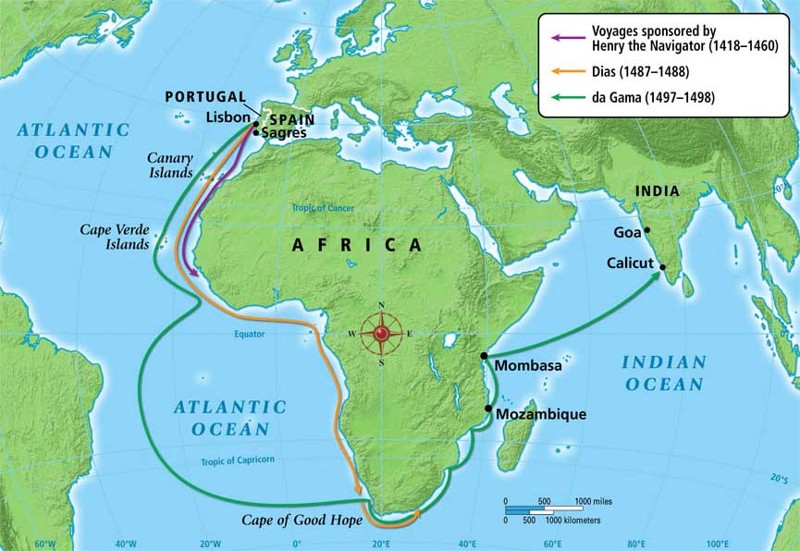
Nearly ten years later between 14, Portuguese explorer rounded Africa, and made it all the way to Asia, landing in Calicut, India. Fellow explorer Bartolomeu Dias became the first European to sail around Africa’s southern tip in 1488 but failed to complete the journey to Asia. At this time, the Portuguese were searching for a route to Asia by trying to sail around Africa. In 1497, the king of Portugal, King Manuel I, made him part of the king’s council. 2 His family was in service to the crown, so young Pedro received his education at the royal court. Although little is known of his early life, we know that he was the second son and came from a noble family. Pedro Álvares Cabral was born in Belmonte, Portugal in either 1467 or 1468.

The name “Brazil” began to be popular in 1503, and was associated with this brazilwood tree. It was also a strong, sturdy wood that was used to make furniture and in ship-building. This was a tropical tree that produces a bright red dye that became very popular. They found great profit by exporting lumber, specifically the brazilwood tree. Several years after Cabral, the Portuguese began colonizing the area. He landed near present-day Bahia off the eastern coast of South America. It's actually a good starting point for the short cable car trip to the other end of the park.Pedro Álvares Cabral was a Portuguese explorer who is credited with discovering Brazil in South America. While the high-above restaurant is only available to customers of the Myriad Sana Hotel, the tower itself can be easily viewed from the cable car. Since then, a large hotel was constructed adjacent to the tower, and the general public is no longer allowed to go up. At the time three glass elevators took visitors to the top of the tower.

There was also a restaurant below the viewing platform that offered panoramic views across Lisbon. At the top of the tower, there was an observation deck that was designed to look like the viewing basket on a ship. The engineering firm, Maritfer assembled the steel structure.Īt the base of the Vasco da Gama Tower is a three-floor building that was used as the pavilion of the European Union during Expo ’98. It was designed by architects Leonor Janeiro and Nick Jacobs and constructed by the firm, Skidmore, Owings and Merrill. The inauguration celebrated the 500th anniversary of Vasco da Gama’s historic voyage. The tower was one of the many buildings constructed for Expo ’98, the world trade fair held in Lisbon.

Built on the north bank of the Tagus river, it is named after the Portuguese explorer Vasco da Gama (the first European to arrive in India by sail, in 1498). The Vasco da Gama Tower is a 145-metre (476 ft) lattice tower with skyscraper in the civil parish of Parque das Nações in Lisbon.


 0 kommentar(er)
0 kommentar(er)
